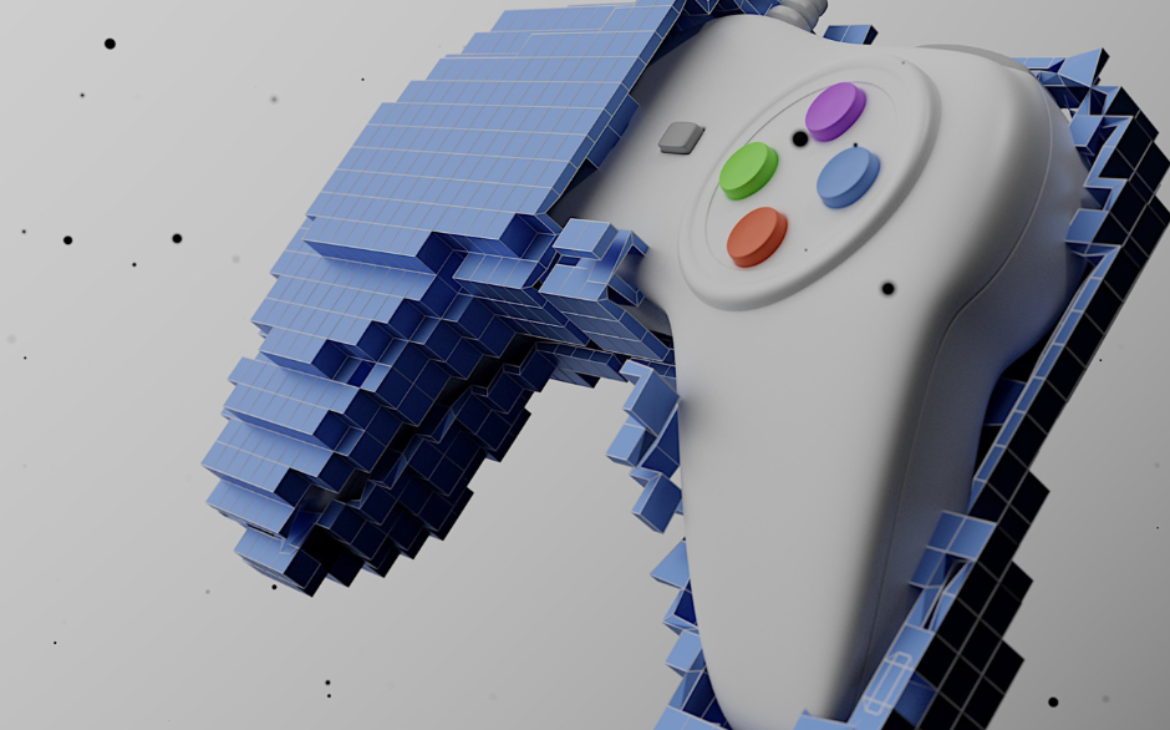Video games have gained immense popularity in a very short period of time.
In today’s digital world, video games have become a part of everyday life for individuals. At their core, video games are interactive programs designed to entertain and relax users.
While early research on video games focused primarily on their negative effects, especially for children and adolescents, more recent studies highlight the positive impact games can have on players. The appeal of video games lies in their ability to merge the real world with imagination, turning human fantasy into reality, where the user is the main actor.
Peter Nikken and Jeroen Jansz (2007, according to: Plenković, Plećaš, Brstilo Lovrić, 2023: 62) mention three different strategies that parents can use to regulate video game playing with their children: playing video games together as a deliberate activity or more as an informal presence, engaging in critical discussions about video games and subsequently accepting or rejecting content (active mediation), and introducing behavioral rules, including banning certain games (restrictive mediation).
In addition to entertainment, video games can also be used for educational purposes. The rise of fake news and misinformation, as well as the difficulty in identifying and combating them, has prompted video game developers to design games that help users develop critical thinking and improve their ability to recognize misleading and manipulative content.
“Bad News” is the name of a video game where the user, or player, takes on the role of a creator of disinformation and fake news. Through the game, individuals learn about the tactics and tools used to spread misinformation and fake news. More specifically, this video game helps players recognize manipulative content, and an educator’s guide is also available. This game was created as a result of collaboration between researchers at the University of Cambridge and a video game studio, and it includes six components that are key elements of disinformation and fake news: impersonation, emotion, polarization, conspiracy, discrediting, and trolling.
Another video game designed to help identify credible sources, information, and content is BBC iReporter. In this game, the user takes on the role of a journalist whose goal is to investigate the latest news and gather information, all while encountering a variety of credible and fake sources, messages, and videos.
Test Your Knowledge About the Connection Between Video Games and Misinformation:
The goal of this quiz is to help platform users learn more about the connection between video games and misinformation.
This quiz was developed as part of the project “Enhancing the Culture of Fact-Checking,” conducted by HUOJ in collaboration with media experts from Lider Media and the Faculty of Economics at the University of Zagreb, with financial support from the European Union – NextGenerationEU.
*Plenković, M., Plećaš, M. i Brstilo Lovrić, I. (2023). VIDEOIGRE KAO SOCIJALIZACIJSKI ČIMBENIK: ŠTO KAŽU RODITELJI?. Media, culture and public relations, 14 (2), 54-67.

